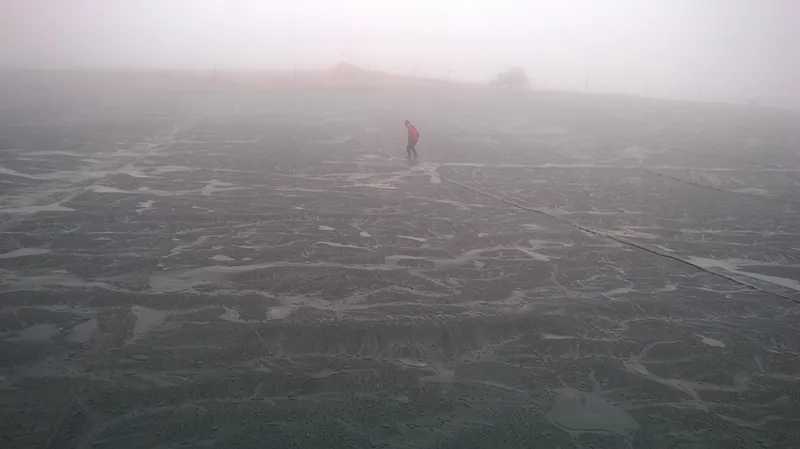Water is, and will remain, a precious resource for all producers. Issues with quantity, quality and cost vary to different degrees across the State. Having a good farm water plan will ensure water is not the most limiting factor for your business in the future. Relying on a single water source may result in problems down the track. A carefully thought out plan should include investigations into alternative water sources or methods of collection. Any potential options should be carefully costed and considered with the long term sustainability of your farm business a key factor.
Peter Prime, producer from Wharminda on Eyre Peninsula has been relying on mains water for many years. However issues with calcium buildup in pipes and not being able to get water to areas of the farm saw Peter look for alternatives.
‘Our property is elevated and we are at the end of the mains line. In the summer we had paddocks with feed, but had trouble getting water to those paddocks.’ Peter said.
Peter operates a 4,000 hectare cropping program and runs 2,000 breeding ewes across five adjoining properties, so his farm’s water requirement is significant. Having seen the sheeted catchment system on Mark & Andrea Hannemann’s property at Mangalo, he decided to investigate opportunities for his property. His property consists of dune swale country that provides no water holding capacity for normal dams.
A sheeted catchment is a sloped area covered by plastic sheeting, which catches the rainfall and runs it into a dam or storage tank. The size of the area to be sheeted will depend on the amount of water required and the storage facilities. Each square metre of sheeted catchment will catch 1 litre of water per 1 mm of rainfall.
Peter started construction of his sheeted catchment in February last year. He located it on an elevated site, with the aim of being able to gravity feed water across all his property.
The catchment area is 100 metres by 90 metres, which will catch about 3.1 million litres in an average rainfall year (350mm). A dam that will store approximately 1.5 times this amount was also constructed.

Following the earth works the plastic was laid across the catchment area and dam. Each roll is 110 metres x 8 metres and weighs 1600 kilograms. The plastic sheets were then welded together. The plastic sheeting was buried along all sides and tyres placed across the catchment area to keep it from lifting in windy conditions.

A vermin proof fence was placed around the entire area to keep kangaroos and stock out. Construction was completed six months later in July. Peter estimates that they have already captured 700,000 litres since completion.

‘We are now getting water to places on the farm that haven’t had it before, and without pumping’ Peter said.
A series of 220,000 litre holding tanks will be placed on each property, together with 22,000 litre tanks to service water troughs.
‘Some of the water pipes across the farm are 30 years old, so we will use the tanks for storage as well as pressure reducers’ he said.
The sheeted catchment has cost just over $100,000, with Peter estimating a break-even in 5-7 years.
Evaporation from the dam is a major concern. Peter intends to investigate possible solutions to that issue next year.
